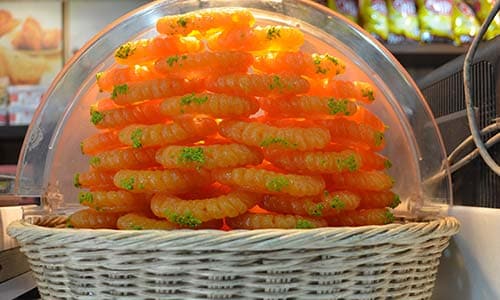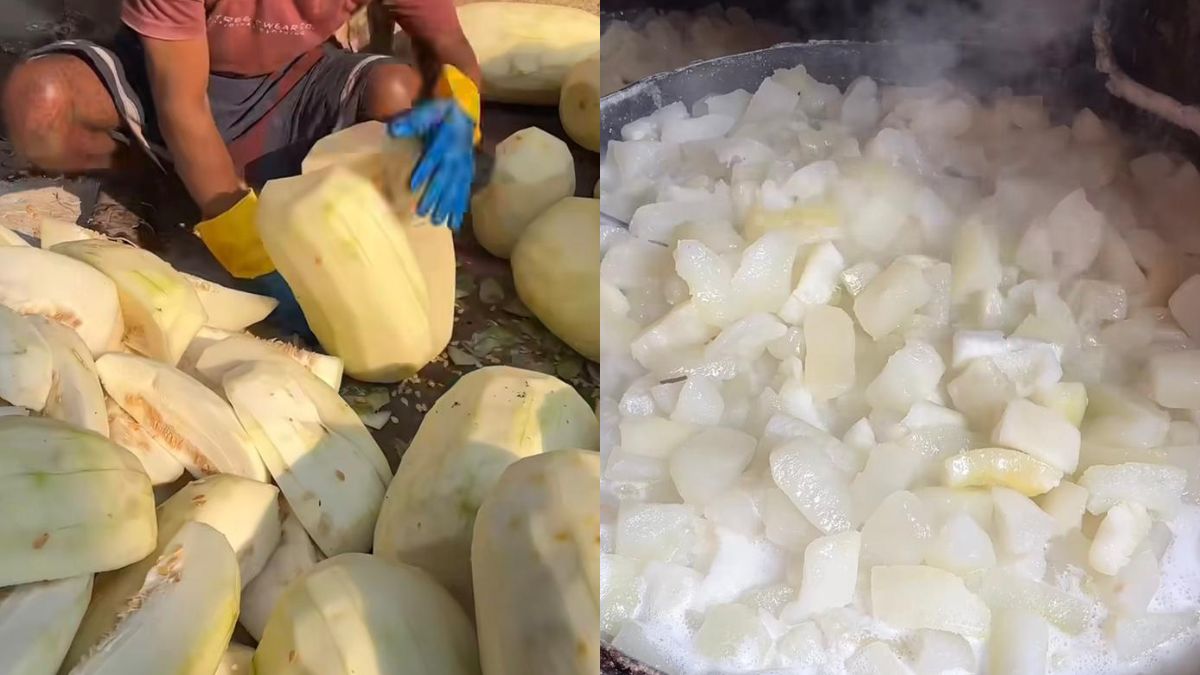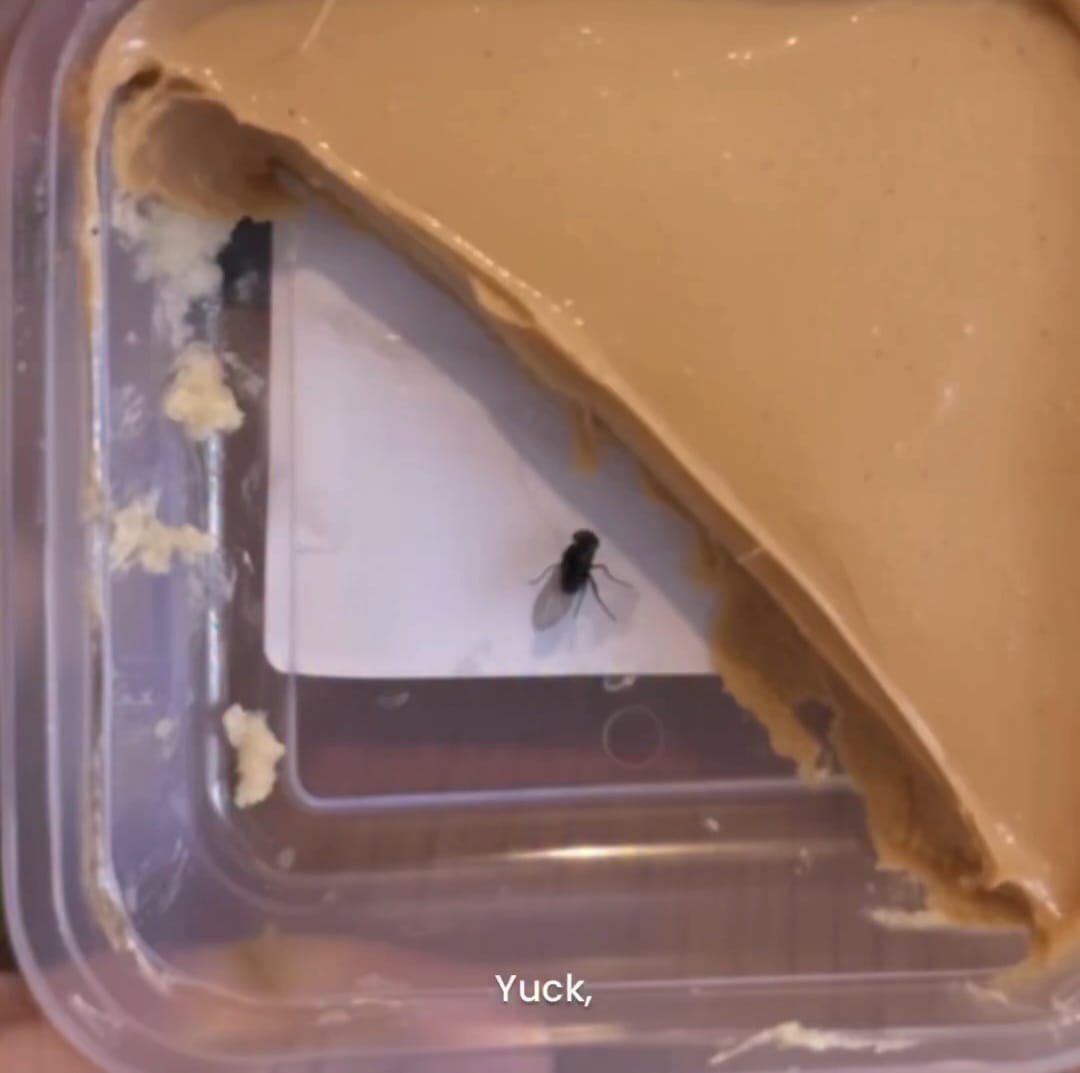India is a land of sweets, and while we all are familiar with the crisp and tangy jalebi, its thicker, richer cousin - Imarti - often gets less attention. But for those who've tasted it warm, soaked in syrup, and delicately flavoured with cardamom or rose water, Imarti holds a special place on the dessert platter. So where did this spiral-shaped sweet come from, and how did it earn its loyal fan following? The story goes deeper than just deep-frying batter.
Also Read: Want To Make Super-Crunchy Imartis? Follow These Steps
The Origin Of Imarti:
Imarti's roots can be traced back to North India, especially in the regions of Uttar Pradesh and Rajasthan. Some food historians believe it first emerged in the royal kitchens of medieval India, where chefs - known as khansamas - would create elaborate sweets for kings and courtiers. These kitchens weren't just about satisfying hunger; they were about creating edible art. Imarti, with its symmetrical, flower-like pattern and rich saffron-coloured hue, fit right into that aesthetic.
The batter, traditionally made using soaked urad dal (split black gram), was ground into a smooth paste and piped through cloth or coconut shells with tiny holes, forming precise floral loops into hot ghee. The cooked imartis were then dipped into sugar syrup until they soaked in just enough sweetness - not too overpowering, but enough to leave you craving another bite.
Unlike jalebi, which is made using maida (refined flour) and often has a sharp tang thanks to fermentation, Imarti is denser, slightly chewy, and carries a nutty flavour from the dal. It's often flavoured with spices like cardamom, saffron, and rose.
Also Read: 5 Tips For Making Halwai-Style Jalebis In Your Own Kitchen

Imarti attracts with its sweet flavour and attractive colour.
The Journey Of Imarti
What started in royal households eventually made its way to temple kitchens and community feasts. Imarti became a staple in celebratory meals, especially during festivals like Diwali and Holi, and was often offered as prasad in temples. Over time, sweet shops across North India began crafting their own versions, each slightly different depending on regional tastes. Now, you can find imarti in many sweet shops and even food delivery apps all over the country.
In cities like Varanasi, Lucknow, and Jaipur, imarti is often served fresh in the morning alongside kachori-sabzi or as an evening treat with milk. There's something comforting about watching a halwai (sweet maker) expertly pipe the batter into ghee, forming perfect loops in seconds.
Today, while jalebi often steals the spotlight with its crispy curls and mass appeal, Imarti continues to hold its ground. Its loyal fans love its richness, the way it melts in your mouth after soaking up syrup, and the warm, almost earthy taste that sets it apart from more common sweets.
Whether enjoyed during a family wedding or picked up from a roadside stall, or ordered online, Imarti has quietly but surely won hearts, not through trends, but through tradition.
(Disclaimer: Except for the headline, this story has not been edited by NDTV staff and is published from a syndicated feed.)











